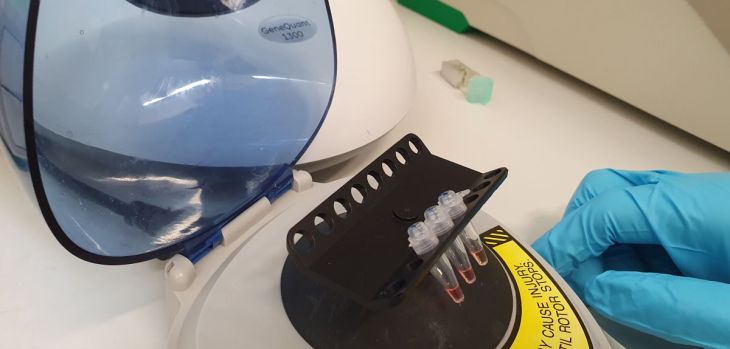Scientists at the University of Oxford have developed a new coronavirus test that produces results around three times faster than the current fastest testing methods, and that requires only relatively simple technical instrumentation. In addition to these benefits, the researchers behind the test’s development say that it could even help detect patients affected by coronavirus in earlier stages of infection versus current methods, and that its results can can be “read by the naked eye,” which makes it more accessible to a broader range of healthcare facilities and professionals.
The Oxford-developed test can provide results in only half an hour — the fastest current methods that focus on viral RNA, like this one does, produce results in between 1.5 and two hours. The new tests have already been validated using real clinical samples of the virus at the Shenzhen Luohou People’s Hospital in China, and though they’ve so far only been used on 16 samples, evenly split between those positive for the virus and those that contain none, they’ve demonstrated a 100% success rate, which is a very reassuring result.
The biggest impact of this test, should it prove effective at scale, is that it manages to sidestep some of the existing limiting factors that apply to the existing early test methods. Scientists currently have to isolate COVID-19 RNA (the instructions for coding DNA), and then perform a process through which that RNA is actually turned into DNA — followed by testing the DNA in a microbiology laboratory setting by trained technicians using a specialized polymerase chain reaction machine.
The Oxford test, on the other hand, requires only relatively simple equipment for both conducting the test and for interpreting the results, which unlocks the possibility of deploying it in hard to reach areas or in local facilities that lack specialized equipment and personnel. The team that developed it is also working on the possibility of making it even more flexible with an integrated hardware design that could make it possible for it to be “used at clinics, airports or even for home use.”
This is still an early technology that’s coming out of a lab, which means that there are still a number of steps required before it becomes approved for broad use. Still, testing equipment doesn’t face quite as many hurdles as do treatments and antivirals, which can obviously have a much more direct impact on human patients, and, given the current situation, it’s likely everyone involved will want to expedite the next steps in terms of testing and validation.
Testing, and the ability to so accurately and in large numbers across a population, is a key element of any effort to counter the spread of the coronavirus, and to evaluate the efficacy of the measures put in place to do so. Currently, the U.S. is far behind other countries in terms of its testing efforts, for instance, with the White House confirming that fewer than 60,000 tests had been conducted as of yesterday based on available data.
Testing is also focused on only the most severe and obvious cases, which means that large swaths of potentially asymptomatic carriers who feel just fine are going untested. That has a huge impact on any effort to accurately track the transmission of COVID-19, and, as a result, of tracking the impact of measures like isolation, social distancing and shelter-in-place tactics.

